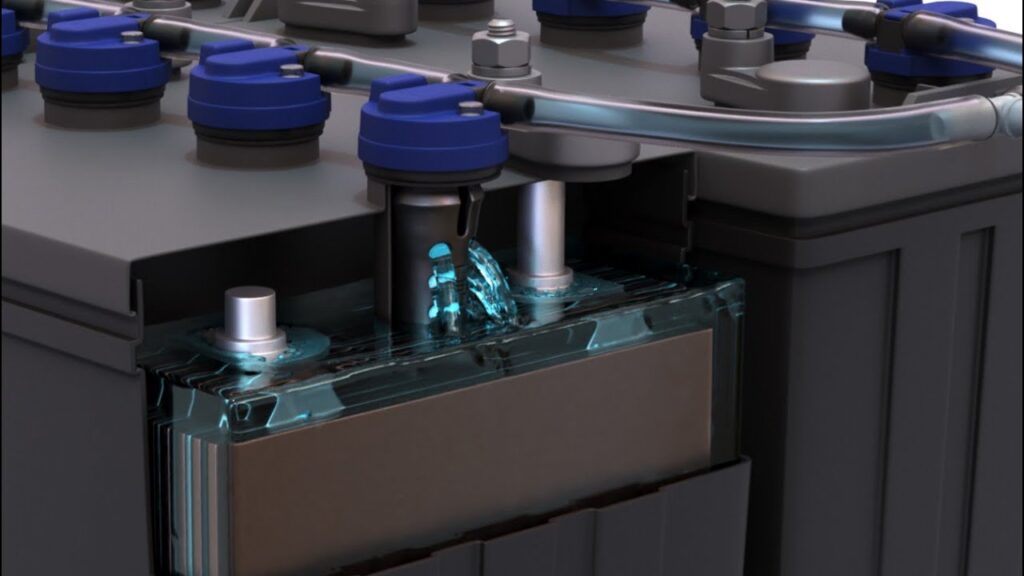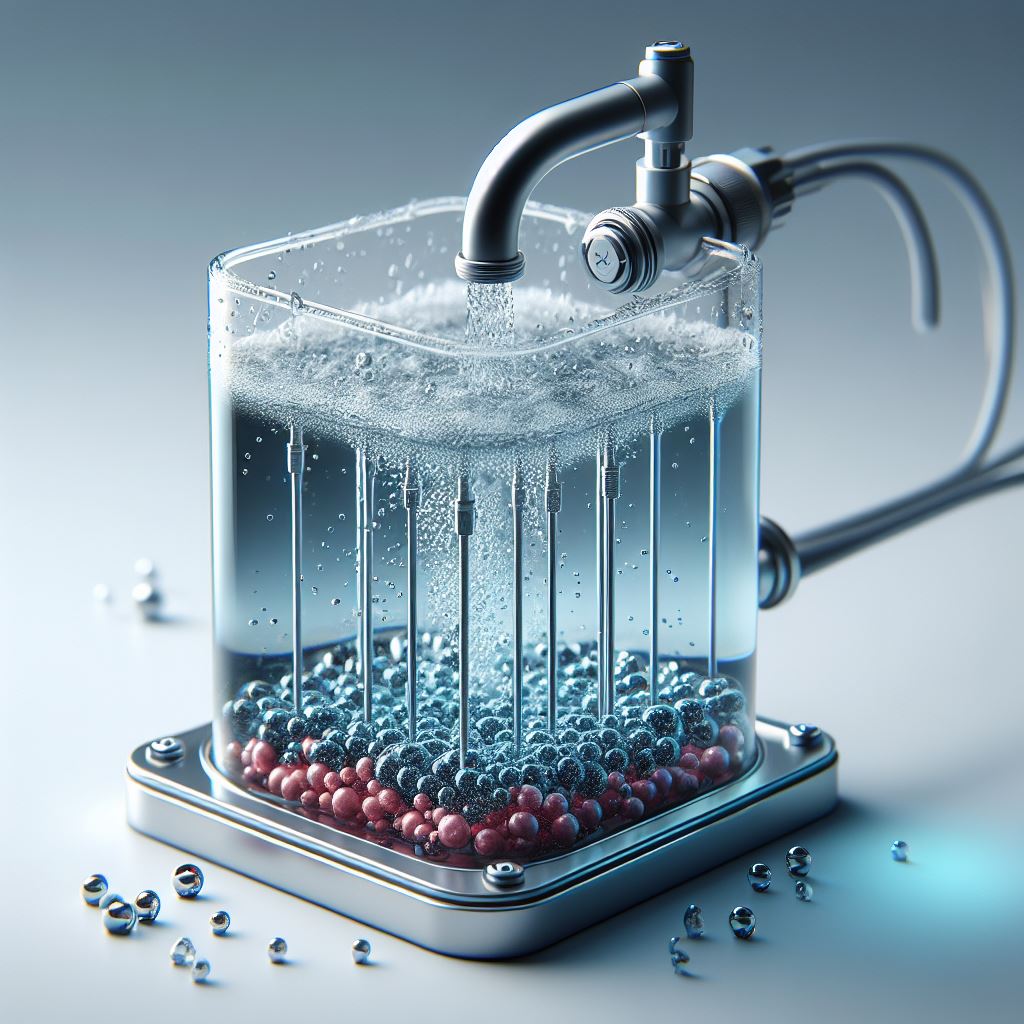Transforming Energy Storage: The Emergence of Water Batteries

Estimated reading time: 3 minutes
In the realm of energy storage, lithium-ion batteries have long reigned supreme, offering a compact powerhouse for various applications. However, concerns regarding safety and environmental impact have cast a shadow over their dominance. Now, a groundbreaking innovation promises to reshape the landscape of energy storage: the emergence of water batteries.

A Safer Alternative: Aqueous Metal-ion Batteries
The quest for a safer alternative to lithium-ion batteries has led a global team of scientists, spearheaded by RMIT University in Melbourne, Australia, to develop aqueous metal-ion batteries. These innovative “water batteries” offer a compelling solution to the safety concerns associated with traditional lithium-ion counterparts.
Eliminating Fire and Explosion Risks
Unlike lithium-ion batteries, which rely on organic electrolytes prone to overheating and ignition, water batteries utilize water as a substitute, ensuring they remain cool and stable even under pressure. Lead researcher Tianyi Ma emphasizes the inherent safety of these batteries, highlighting their resistance to fire and explosion hazards.
Environmental and Economic Benefits
Central to the appeal of water batteries is their use of abundant and inexpensive materials such as magnesium and zinc. Not only do these elements contribute to lower manufacturing costs, but they also mitigate environmental risks associated with toxic alternatives used in conventional batteries. Moreover, the scalability of water batteries makes them well-suited for large-scale applications, including renewable energy storage.
Overcoming Challenges: Dendrite Growth
One of the significant hurdles in battery technology, dendrite growth, has been effectively addressed by the research team. Through meticulous experimentation, they have achieved remarkable advancements, ensuring the longevity and reliability of water batteries. This breakthrough opens doors for high-speed and intensive utilization in real-world scenarios.
Integration with Renewable Energy Sources
The synergy between water batteries and renewable energy sources further enhances their appeal. By seamlessly integrating with solar panels, these batteries offer a dependable solution for storing excess energy generated from wind and solar plants. This integration aligns with global initiatives to expand renewable energy capacity and foster sustainability.


Future Prospects: Energy Density and Market Adoption
While water batteries currently exhibit lower energy density compared to lithium-ion counterparts, ongoing research aims to bridge this gap. The development of new nanomaterials holds promise for enhancing energy storage capabilities, paving the way for the widespread adoption of water batteries. The timeline for market penetration suggests a gradual transition, with lead-acid batteries potentially being replaced within one to three years, followed by lithium-ion batteries in the long term, spanning five to ten years.
In the quest for safer, more sustainable energy storage solutions, water batteries emerge as a beacon of innovation. With their inherent safety, environmental benefits, and compatibility with renewable energy sources, they stand poised to revolutionize the way we store and utilize energy. As we embark on a journey towards a greener future, water batteries offer a compelling path forward, driving progress towards a more sustainable and resilient energy ecosystem.






Responses